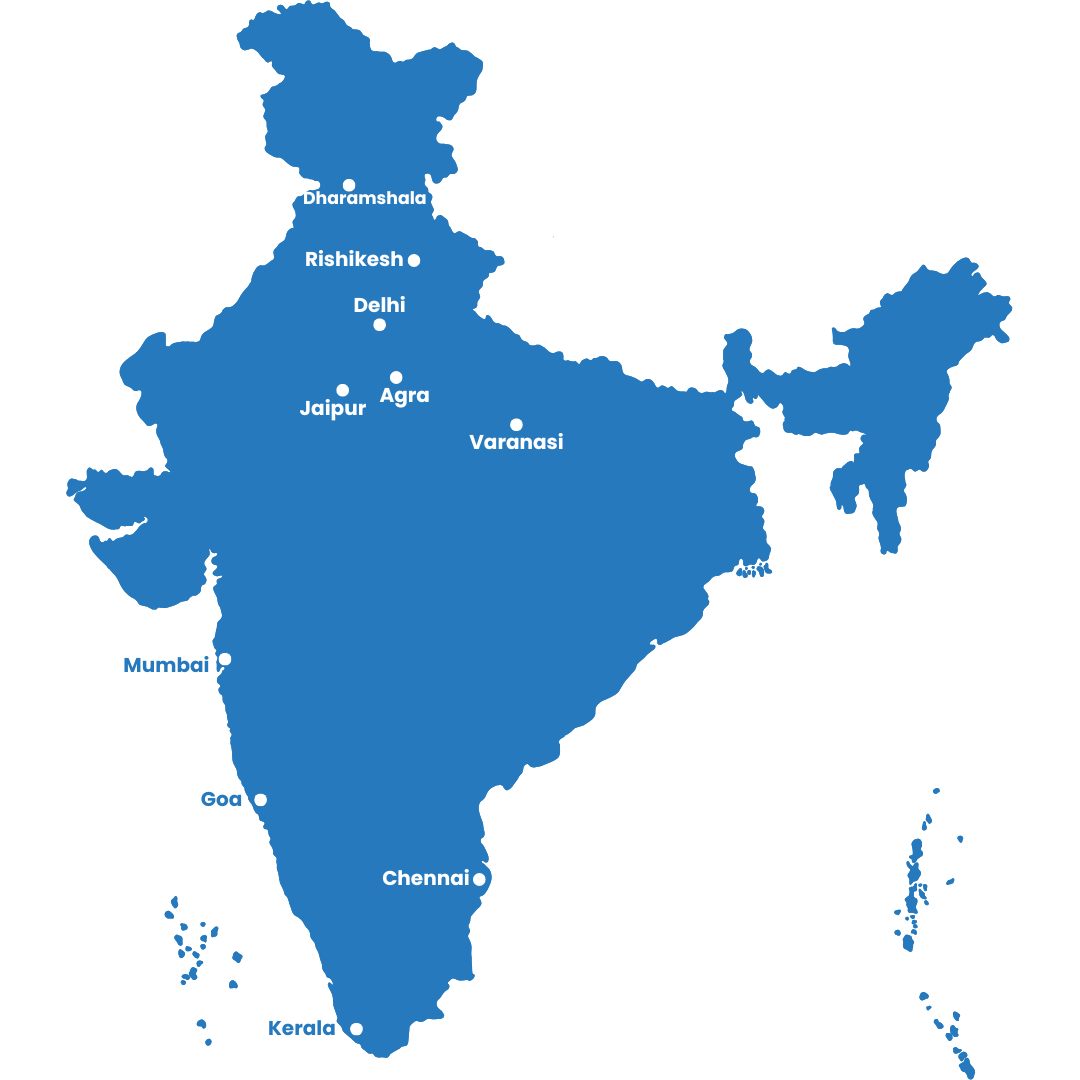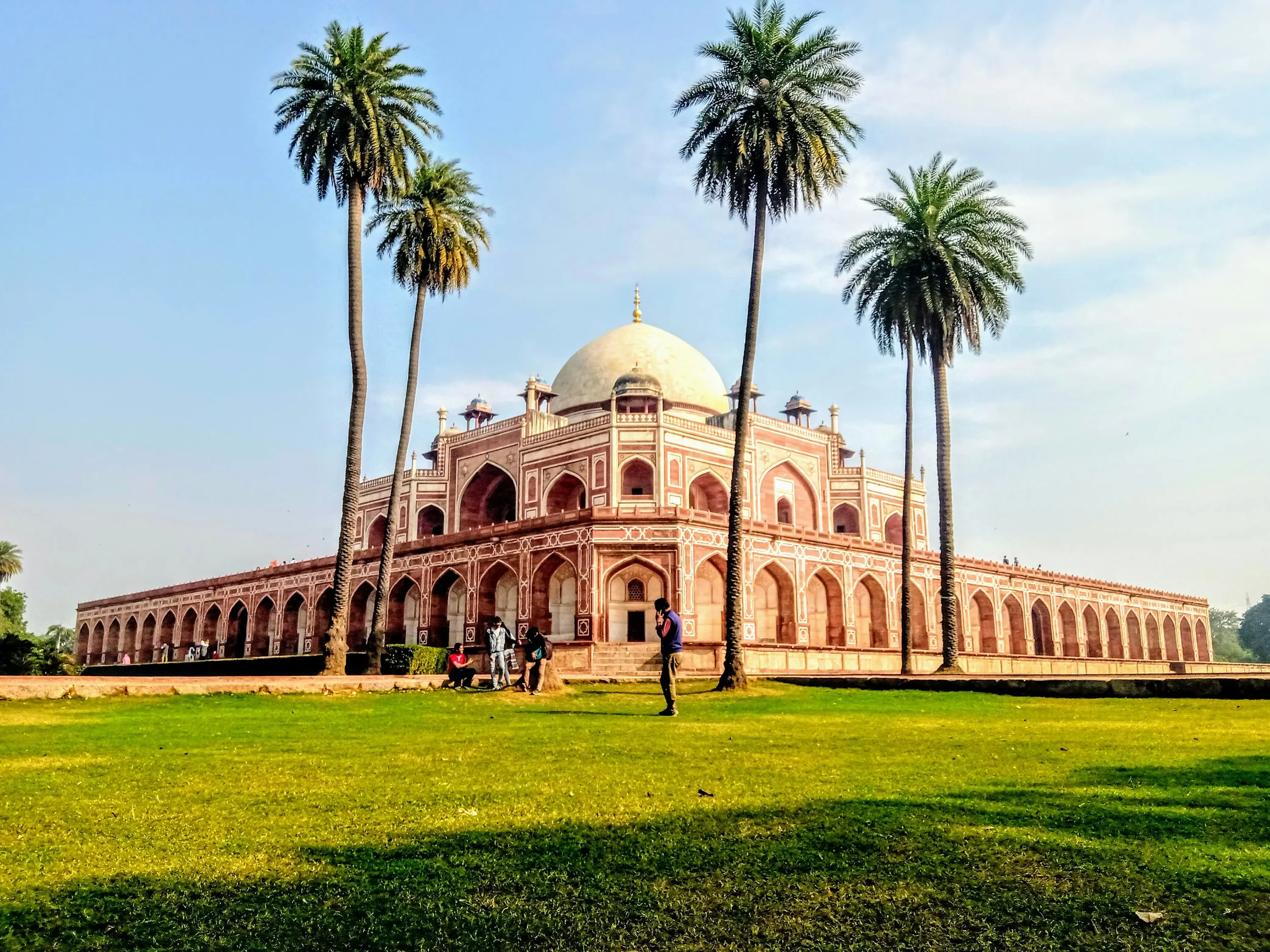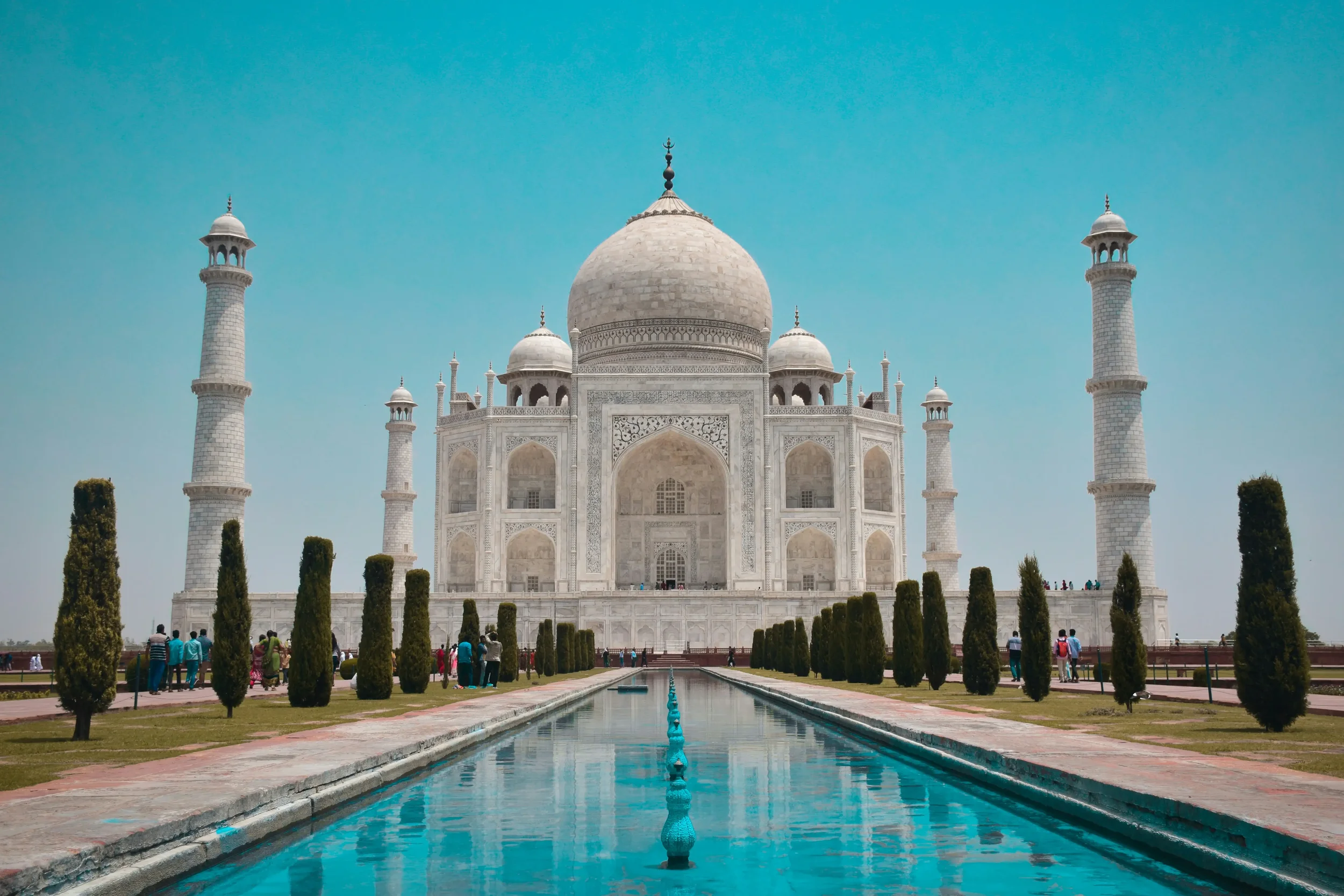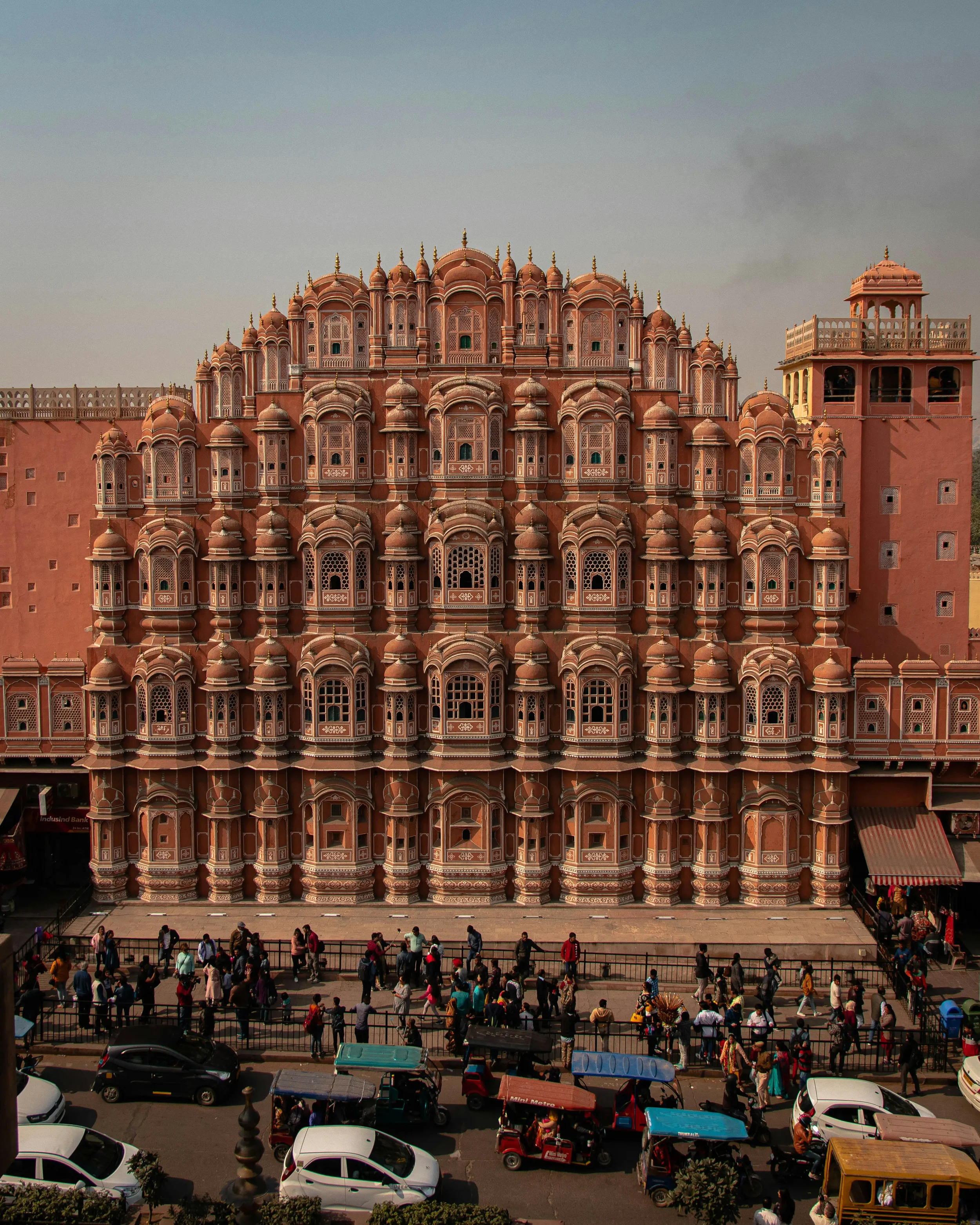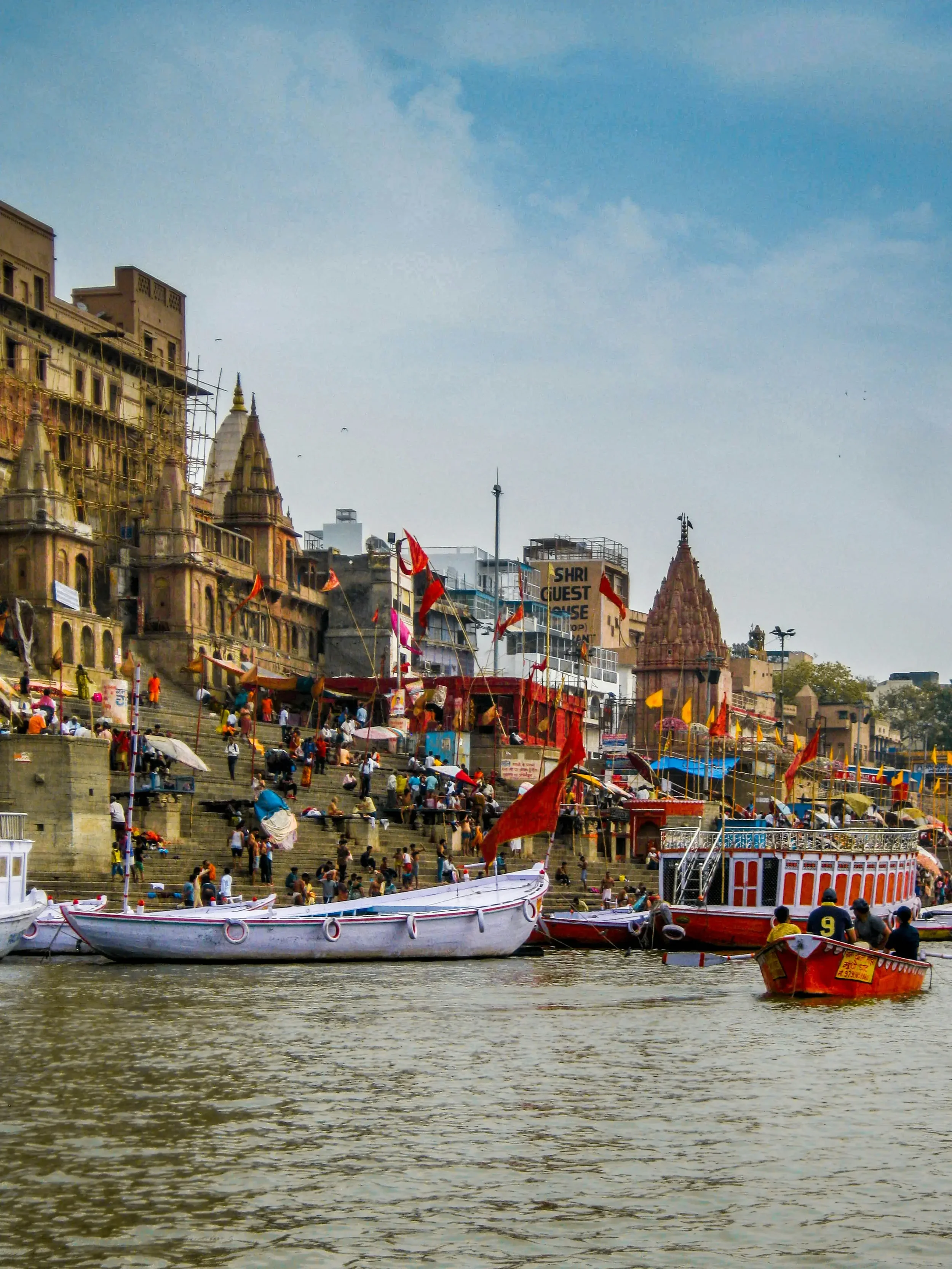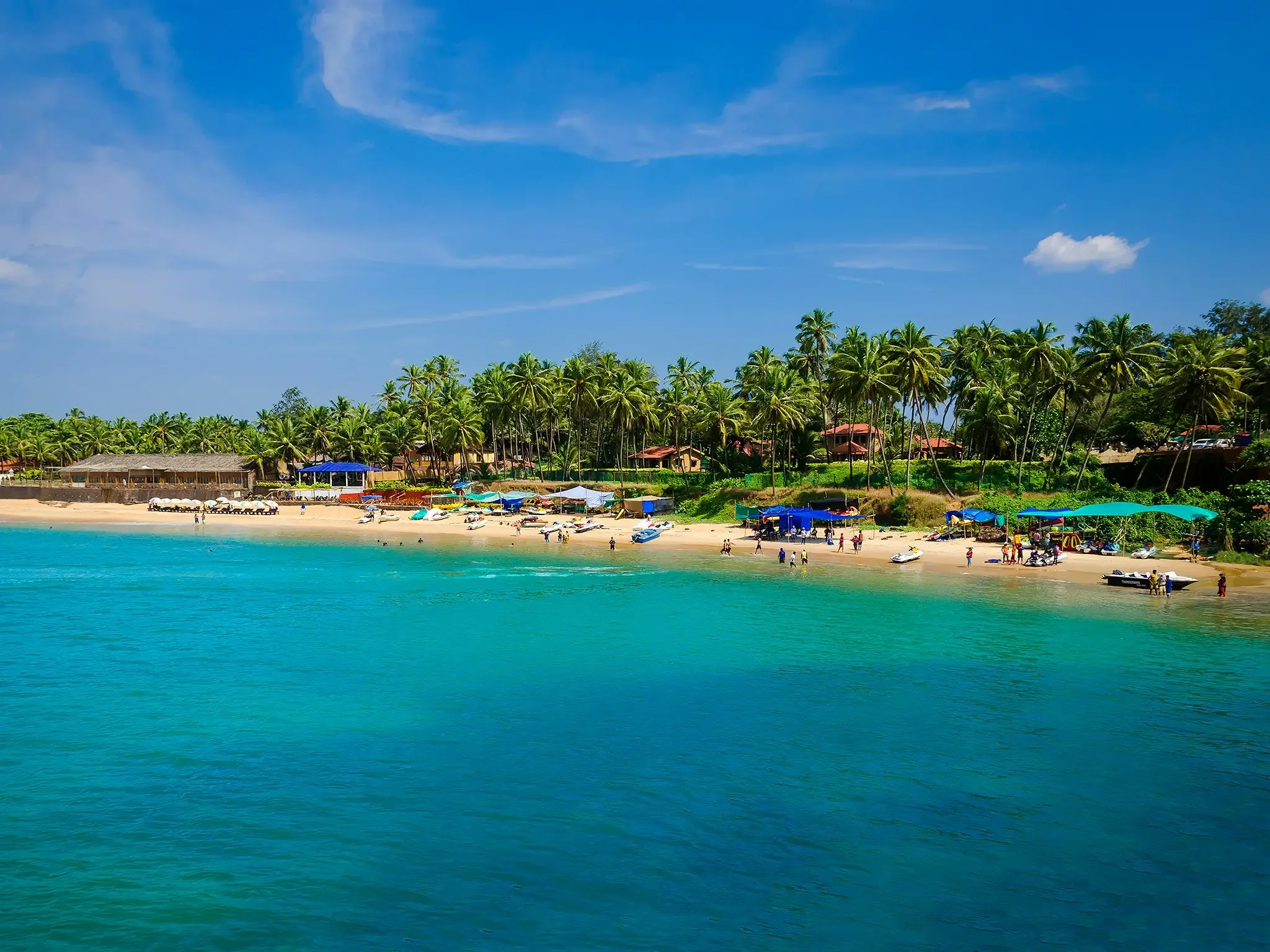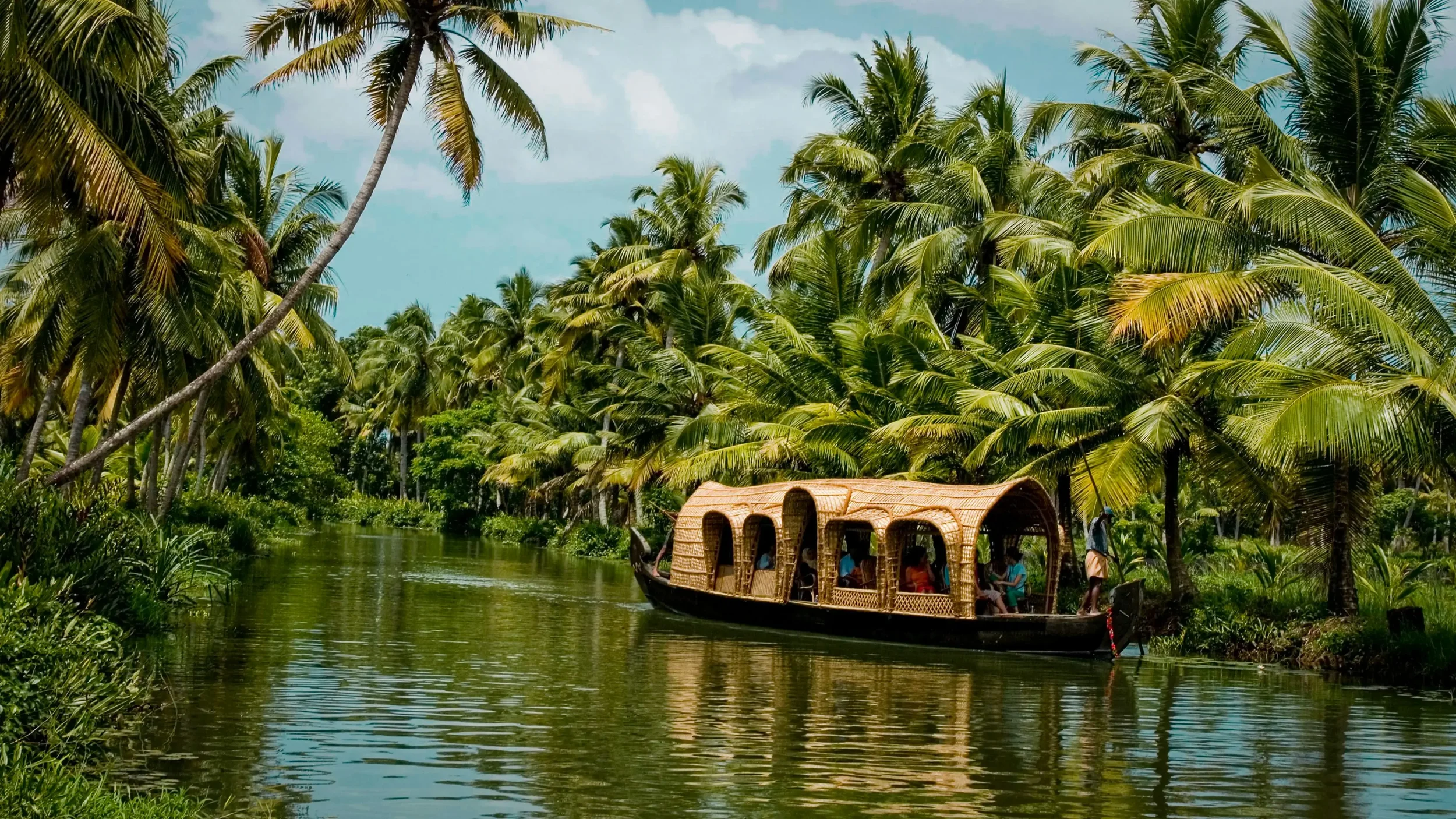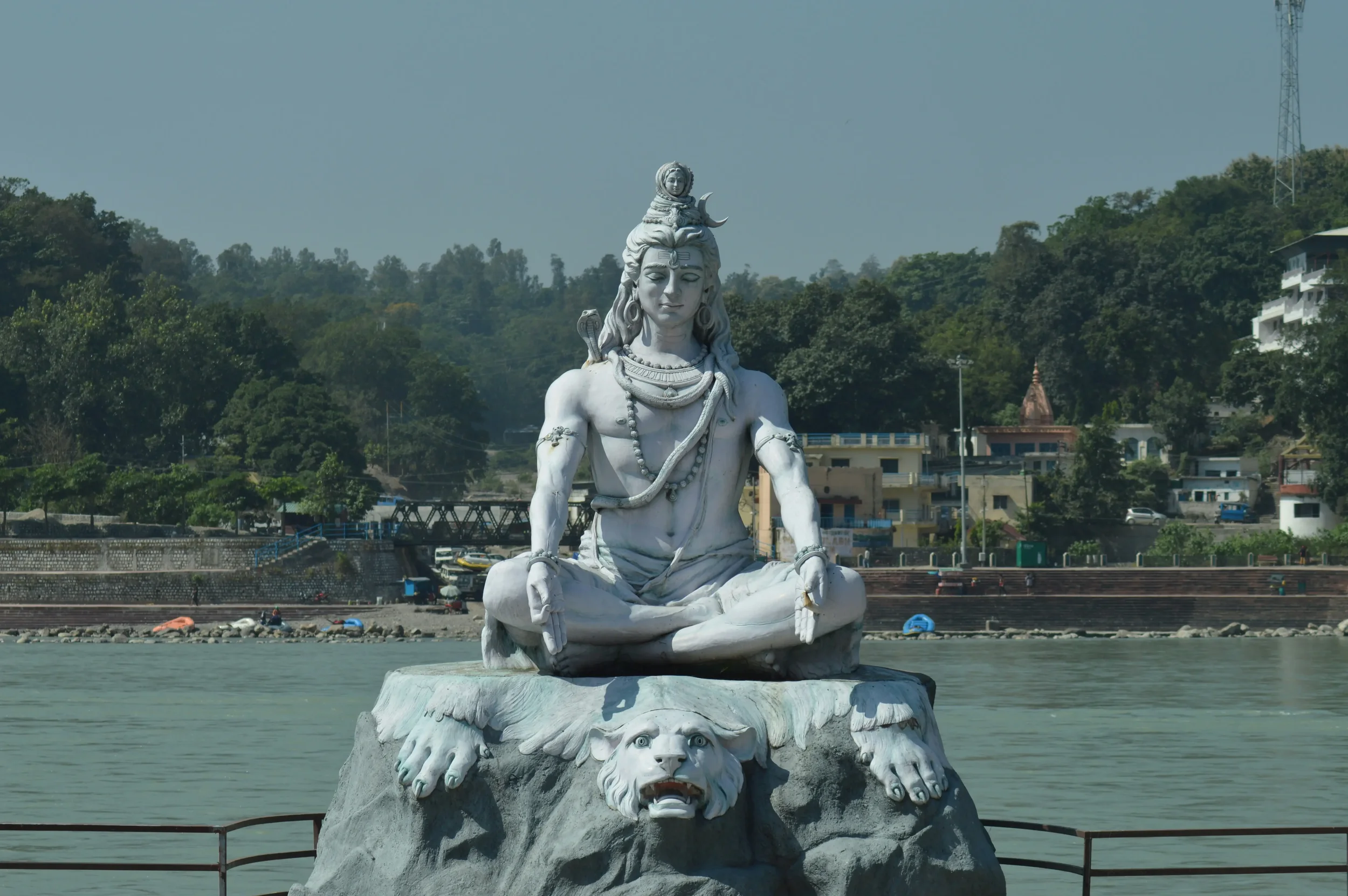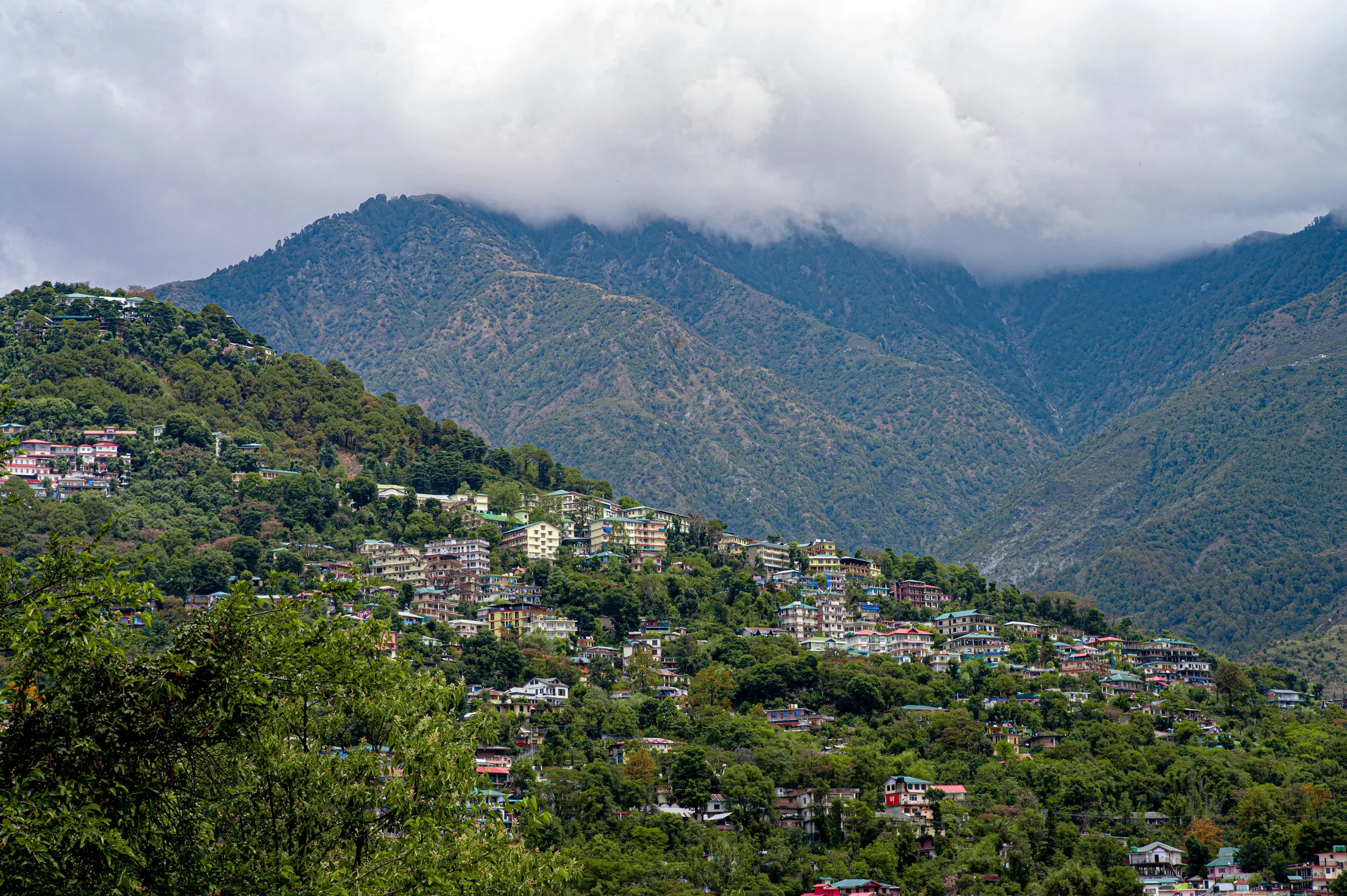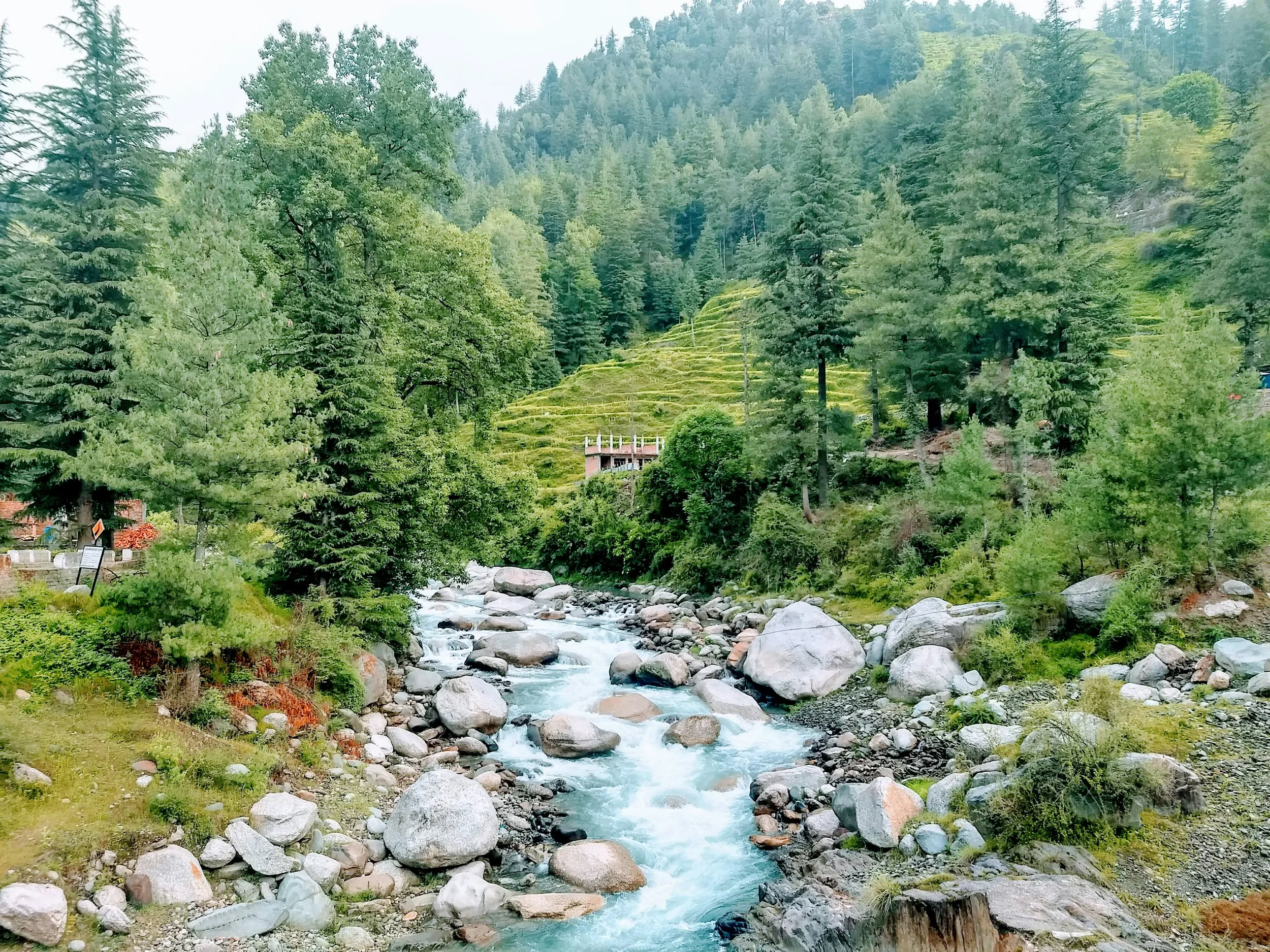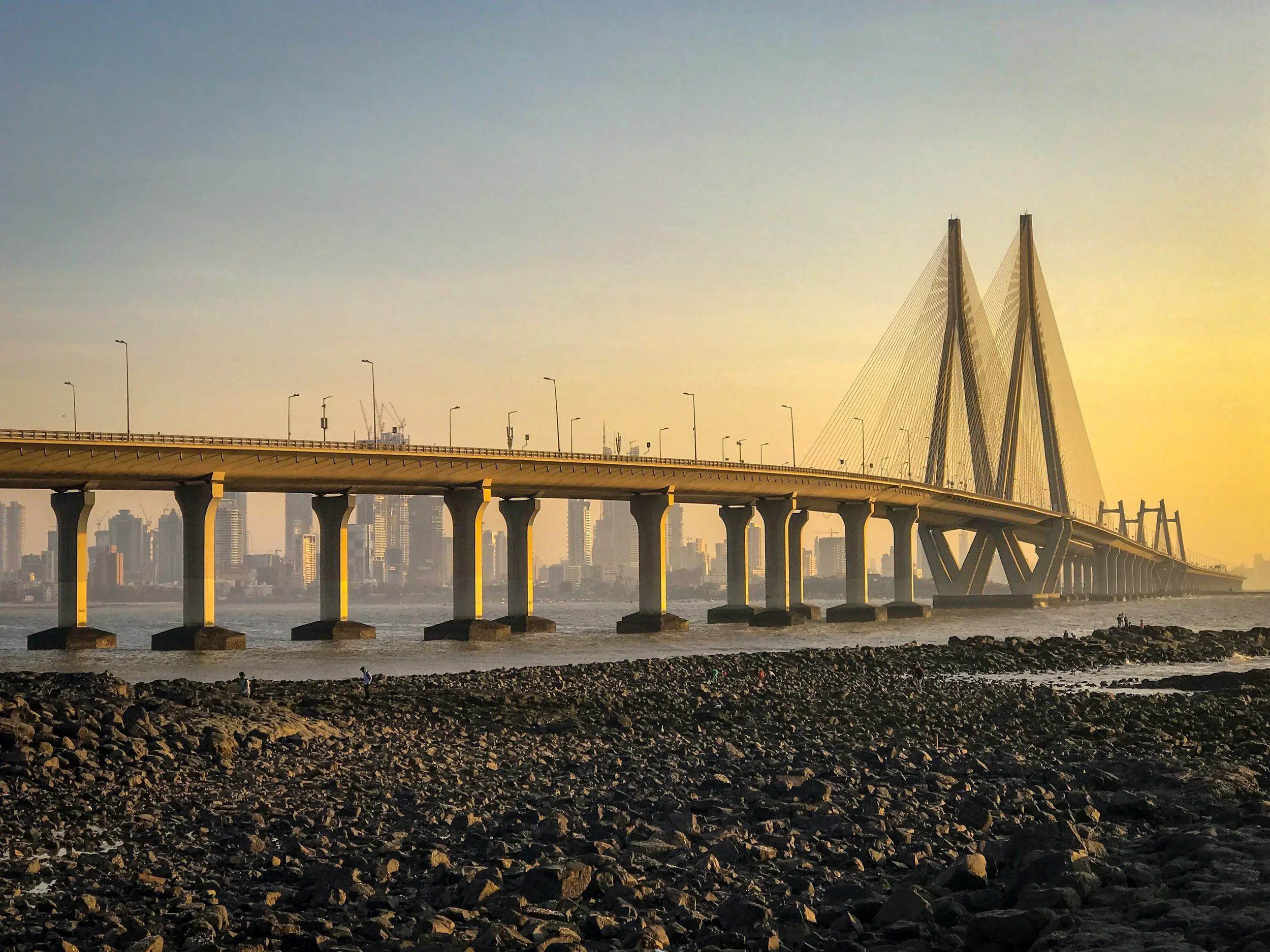INDIA
-
India is an unparalleled sensory overload, a vast and vibrant subcontinent that promises an unforgettable adventure. It's a land of ancient traditions, diverse cultures, spiritual intensity and breath-taking landscapes, from snow-capped Himalayan peaks to sun-drenched southern beaches.
Most backpackers begin with the Golden Triangle (Delhi, Agra, Jaipur), which offers a taste of India's iconic historical and cultural landmarks, including the majestic Taj Mahal. Beyond this, adventures abound: the spiritual tranquility of Varanasi on the Ganges, the vibrant chaos of Mumbai, the serene backwaters of Kerala, the desert forts of Rajasthan, the beaches of Goa, or the spiritual retreats and trekking opportunities in the Himalayas, such as Rishikesh, Ladakh and Himachal Pradesh.
India will challenge, inspire, and humble you, leaving an indelible mark on your soul.
-
India has a diverse climate, but broadly it experiences three main seasons: winter, summer and monsoon. Due to its vast size, regional variations are significant.
Winter (December - February): This is generally the best time to visit most of India, especially the plains and southern regions.
Temperatures are comfortable (10°-25°C / 50°-77°F), with dry, clear skies.
Northern regions can be chilly, especially in January, with possibility of snow in the Himalayas.
Delhi and parts of North India can experience dense fog in December and January.
Summer / Pre-Monsoon (March - May/June):
Temperatures rise significantly across much of the country, often exceeding 40°C (104°F) in central and northern India.
The south and coastal areas are hot and humid but can be more bearable.
It is generally not recommended to visit the plains in this season due to extreme heat. It can be a good time for high-altitude Himalayan trekking if passes are open, as temperatures are warmer there.
Monsoon (June - September/October):
Characterized by heavy rainfall and high humidity as the southwest monsoon sweeps across the country.
Rainfall is usually in intense bursts, not continuous, but it can disrupt travel, especially in rural areas.
The landscape becomes lush and green. Good for visiting places like Ladakh or Kerala.
Coastal areas like Goa might see fewer tourists but many businesses close down.
Regional Breakdown:
North India (Delhi, Rajasthan, Varanasi): Best in winter (Oct-Mar). Extremely hot in summer, heavy monsoons.
Himalayas (Ladakh, Himachal Pradesh, Uttarakhand): Summer (May-Oct) is ideal for trekking. Spring/Autumn has pleasant weather. Winters are freezing with heavy snowfall. Ladakh is a rain-shadow region, making summer (June-Sept) ideal when other parts of India are wet.
South India (Kerala, Goa, Tamil Nadu): Pleasant in winter (Oct-Mar). Hot and humid year-round, but the monsoon brings heavy rain from June to November.
Northeast India: Experiences an extended monsoon season. Best to visit from October to April.
Important Tips:
Always check the specific climate for the regions you plan to visit as India's weather varies dramatically.
Book train tickets well in advance, especially during peak season, as they fill up quickly.
-
UK, EU & US passport holders: All foreign nationals, including UK, EU, and US passport holders, require a visa to enter India. The most convenient option for tourists is the e-Visa.
e-Visa (Tourist): Apply online via the official Indian e-Visa portal (indianvisaonline.gov.in). You can apply for 30 days, 1 year, or 5 years.
30-day e-Visa: Double entry, valid for 30 days from arrival date.
1-year e-Visa: Multiple entry, valid for 365 days from the date of Electronic Travel Authorisation (ETA) issuance. Each stay should not exceed 180 days.
5-year e-Visa: Multiple entry, valid for 5 years from the date of ETA issuance. Each stay should not exceed 180 days.
Requirements for e-Visa:
Passport valid for at least 6 months from arrival date, with at least two blank pages.
Recent digital passport-sized photograph.
Scanned copy of your passport's bio page.
Return or onward ticket (often asked for, though not always required for application).
E-Visa fee (varies by nationality and duration, typically US$25-80 plus processing fees).
Application Timing: It's advisable to apply at least 4-7 days before your intended arrival, but the visa can be processed within 72 hours.
Entry Points: e-Visa holders can only enter through designated airports and seaports (check the official website for the latest list).
Regular/Sticker Visa: For longer stays, specific purposes, or if you prefer a traditional visa, you can apply through the Indian Embassy/Consulate or their authorized visa application centers (e.g., VFS Global) in your home country. This usually involves submitting your physical passport.
Extension: Extending an Indian e-Visa or tourist visa is generally very difficult and rarely granted unless under exceptional circumstances (e.g., medical emergency). It's crucial to plan your stay within your visa's validity. Overstays are taken very seriously.
Other Important Notes:
Passport Validity: Your passport must be valid for a minimum of 6 months beyond your intended stay and have at least two blank pages for immigration stamps.
Overstay Fines: Overstays are subject to significant fines (starting from around US$300 for short overstays) and can lead to detention, deportation, and blacklisting from future entry. Do NOT overstay your visa.
Restricted Areas: Some parts of India, particularly in the Northeast and near borders, require special permits. Research this if you plan to visit such regions.
-
Currency: Indian Rupee (INR / ₹)
Cash is widely used in India, especially for smaller purchases, local transport, street food, and in rural areas. However, digital payments (UPI) and card payments are becoming increasingly common in cities.
Best way to access money:
ATMs: Widely available in cities and towns.
Fees: ATMs in India typically charge a per-transaction fee (around ₹23 / US$0.28 as of May 1, 2025, after exceeding free limits) on top of any fees your home bank might charge.
Withdrawal Limits: Limits vary by bank, often around ₹10,000-20,000 (US$120-240) per transaction. You might need to make multiple withdrawals for larger amounts.
Use a fee-free travel card (such as Revolut, Wise, or Monzo) to minimize foreign transaction fees and ATM fees from your own bank.
UPI (Unified Payments Interface): This is a highly popular digital payment system in India. If you have an Indian bank account (foreign tourists generally don't have this for short stays), or certain international apps that support UPI, it's incredibly convenient. Otherwise, rely on cash and cards.
Money Exchange: You can exchange major currencies (USD, EUR, GBP) at airports, banks and licensed money changers. Airport rates are usually high; better rates can be found in cities.
Credit/Debit Cards: Accepted at larger hotels, restaurants, and shops in cities. Always have cash as a backup.
Typical daily backpacker budget:₹1,200 – ₹2,500/day (approx. US$15 – US$30 USD) – This budget should cover hostel dorms or budget guesthouses, delicious street food and local meals, local transport (trains, buses, auto-rickshaws) and entry to a few attractions. You can definitely do it cheaper, but this allows for a comfortable backpacker experience.
Tips:
Bargain Politely: Bargaining is expected in markets, for auto-rickshaws (unless metered or using an app), and guesthouses. Do it with a smile and good humor.
Street Food Safety: India's street food is legendary! To stay safe, eat where locals are queuing, look for freshly cooked items, and avoid salads washed in tap water. Carry hand sanitizer.
Train Travel: Indian Railways are an experience in themselves! Book tickets well in advance, especially for popular routes. Sleeper class (SL) is the cheapest and most authentic.
Water Safety: Never drink tap water. Stick to bottled water (check the seal), or better yet, use a water purification bottle or filter.
Culture Shock: India can be overwhelming at first. Embrace the chaos, keep an open mind, and remember that hustling is part of the culture. A positive attitude goes a long way.
Scams: Be aware of common tourist scams, especially in major cities (e.g., fake tourist offices, drivers taking you to commission shops). Research common scams for specific areas you visit.
Modest Dress: Dress modestly, especially when visiting religious sites.
Sim Card: Getting a local SIM card (e.g., Airtel, Jio) upon arrival is highly recommended for navigation and connectivity. It requires passport photos and can take a few hours to activate.
Main Destinations


